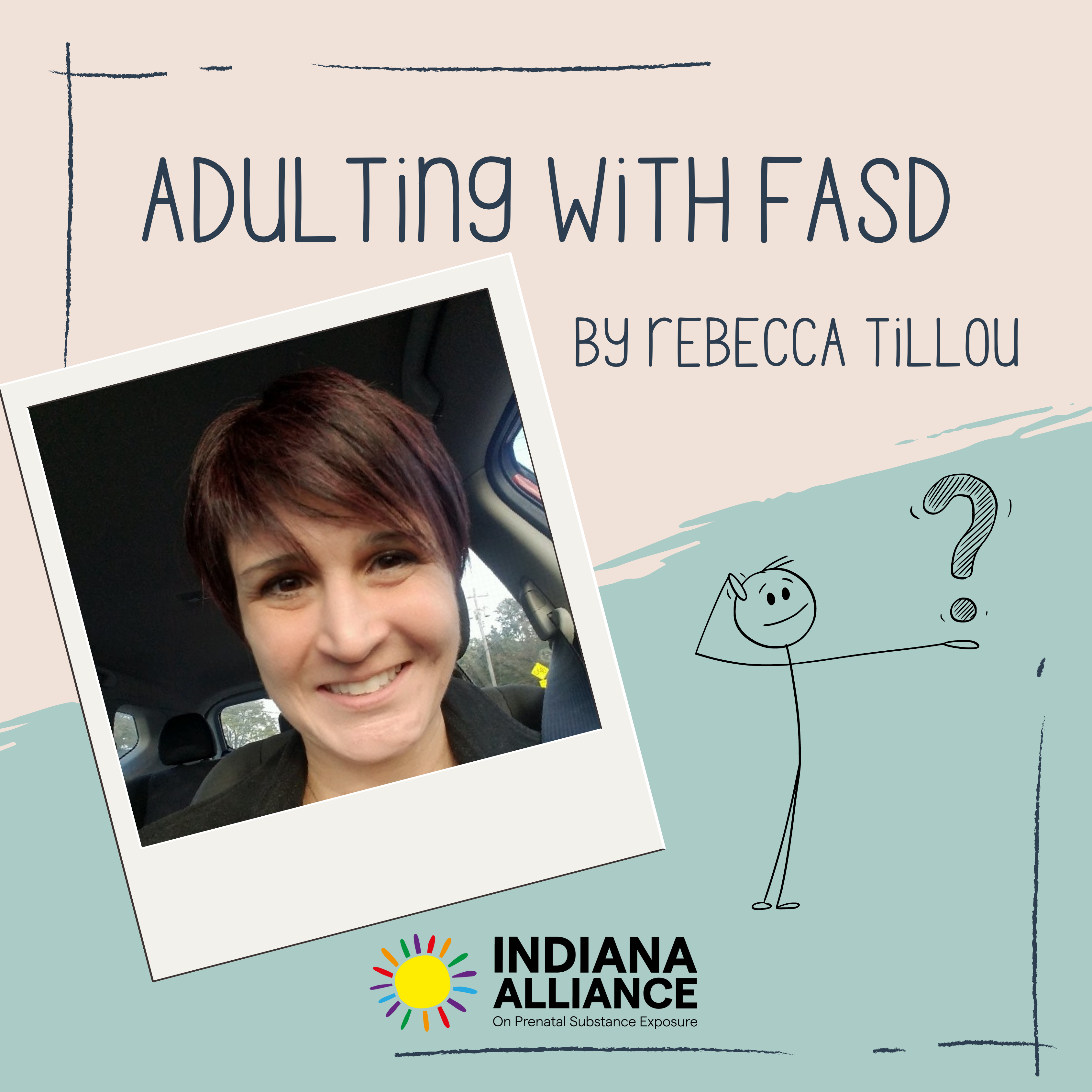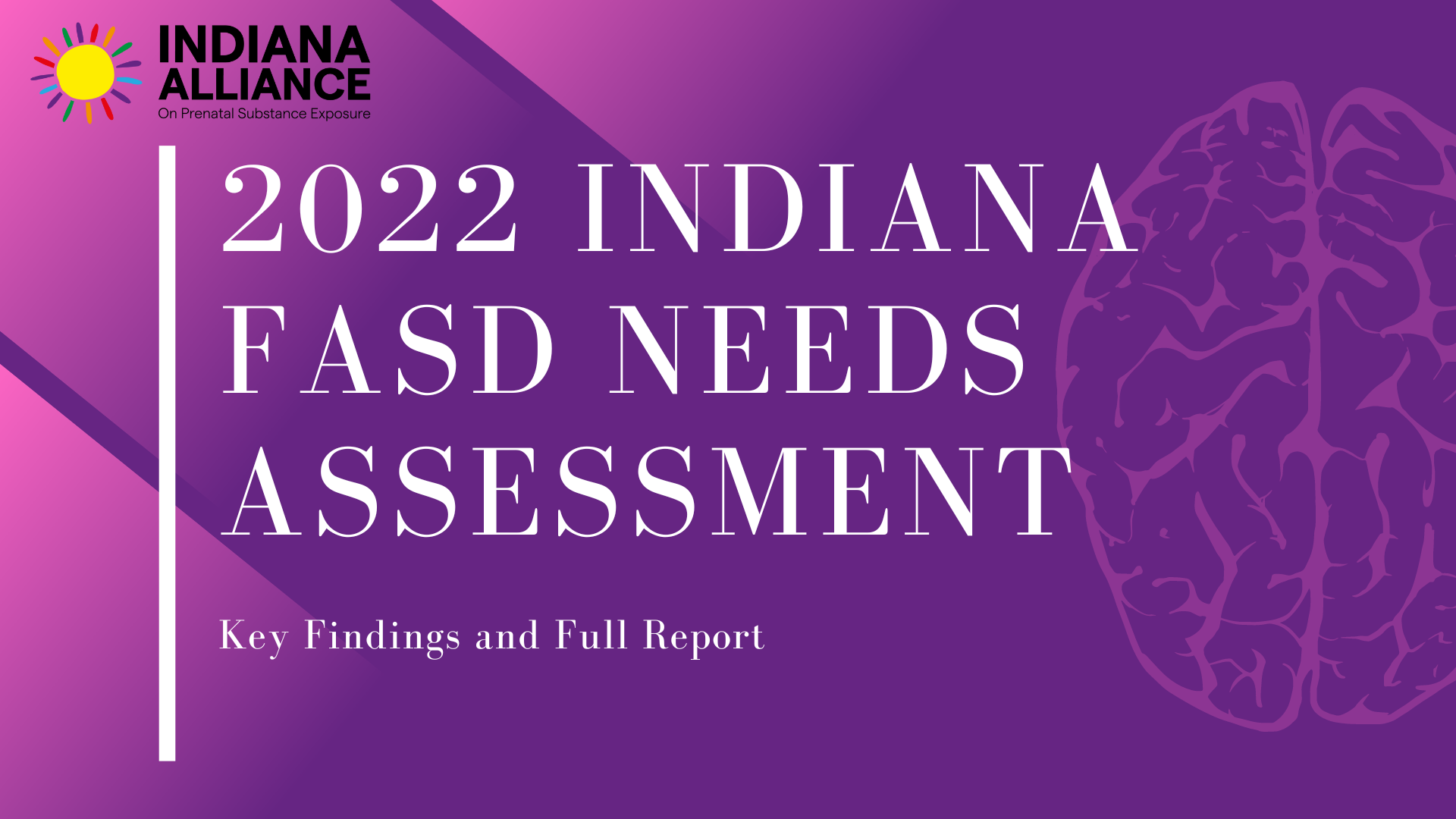As the Deschutes County jail transport van crested the Cascades and descended toward Redmond, Michelle Winter felt heartbroken. Her son was nearly 5 years old, her daughter 2. They barely knew her.
She had used drugs throughout their lives. She got high through both of her pregnancies. Her mother had cared for the children since police caught Winter and her boyfriend in a car with marketable amounts of meth and heroin.
The van ride back to Central Oregon, after being detained in Portland on an outstanding warrant in the fall of 2016, gave Winter time to think.
She thought of the countless people she had met in jail and on the street whose relationships with their children had been ended by addiction.
“I didn’t want to be one of those parents where you’re in your 30s, you don’t see your kids, your kids hate you, your kids resent you,” Winter recalls thinking. “You don’t have any memories of your kids because everything is taken over by drugs.”
Winter had been running from her kids, from an abusive relationship, from responsibility, retreating into the numbing escape of drugs for so long.
“Finally, I was done with it,” she said. “I don’t want to do this anymore.”
More than a year later, Winter, 27, has completed a drug treatment program, gotten off parole, and hasn’t touched an illegal drug. And she is nearing the end of her first sober pregnancy.
The maternal instinct may be one of the more powerful weapons against the current opioid and drug overdose epidemic.
In Central Oregon — as throughout the country — concerns over the wellbeing of expectant mothers and their unborn babies is leading doctors, public health officials and addiction specialists to launch specific initiatives targeting pregnant women with substance use issues.
It’s a strategy that relies on a mother’s desire to protect her child as extra motivation to address her addiction.
Yet, these women often face significant risks coming forward. Society has traditionally addressed substance use during a pregnancy with a punitive approach. The well-intentioned effort to protect unborn children has unwittingly discouraged pregnant women from seeking help at a time when they may need and want it most.
“It’s risky for women to identify themselves as having a substance use disorder, because they automatically open themselves up to scrutiny,” said Dr. Lauren Jansson, director of pediatrics at the Center for Addiction and Pregnancy at Johns Hopkins Bayview Medical Center in Baltimore. “They’re horrifically vilified, and they’re horrifically vulnerable.”
Winter first tried methamphetamines when she was 18. She met her husband the following year, and they both continued to use even after she got pregnant.
“I didn’t care,” she said. “Even though part of me knew that it could potentially harm my unborn kid, I needed an escape from what I was going through on the outside.”
Her mother took in her son, when he was just 3, and her daughter, less than a year old. Neither seems to have been affected by their drug exposure in utero. Winter told her friends she had decided to do what was best for her kids. That was a lie.
“In all reality, I wasn’t ready,” she said. “I wasn’t done partying. I was doing what I wanted to do. It was an easy way out of being a parent.”
But that changed after her 2016 arrest in Portland. She remained in Deschutes County jail for more than three weeks before being released on probation with the condition that she enter drug treatment. Three days later, she started an outpatient program at Pfeifer & Associates in Redmond. She met an old friend there. They had once done drugs together, and now they were in recovery. When she had to leave the shelter where she had been staying, she moved in with him and his three kids. Several months later, Winter was pregnant again.
At her first prenatal visit at the St. Charles Center for Women’s Health in Redmond, she told the nurse of her history of drug use. There was someone, the nurse told her, she should meet.
Rising numbers
Concerns over drug use during pregnancy have peaked in recent years, due in part to the opioid epidemic. Over the past 10 years, the number of women using heroin has doubled, just as prescription painkiller use had doubled the decade before.
“There are stereotypes about who’s got a drug addiction and who’s got a baby that has a problem,” said Dr. Barbara Newman, the center’s medical director. “That just isn’t borne out by what we see.”
In 2015, Newman and other St. Charles caregivers were concerned about the numbers of babies being transported to the neonatal intensive care unit at St. Charles Bend. They decided to actively track the amount of illicit drug use by ordering urine toxicology screens on all of their pregnant patients. One in 4 pregnant women tested positive for at least one illegal drug, and it crossed all demographic and socioeconomic lines.
Many of the women who tested positive came from some of the more affluent areas of Central Oregon. But when the caregivers approached women’s health providers in Bend to screen their pregnant patients for drug use, many initially declined.
“My patients don’t use,” Newman said many doctors told her.
It wasn’t until the hospital system showed doctors the data on their patients, and how many of those babies had been born with an opioid dependence, that the providers agreed to universal testing.
Identifying women with substance use issues would be the easy part. They needed a way to intervene without scaring them off. Women often feel stigmatized about their addiction and guilty over the potential impact of their drug use on their unborn child. Many won’t talk to a doctor or a nurse about it. But they do talk to Mary Selken.
Selken, a drug counselor with Best Care Treatment Services, is embedded at the Women’s Health Center in Redmond 20 hours per week in what’s called the Mother’s Outreach Mentoring Service or Moms Program. She is there to entice pregnant women with a history of drug use into treatment by offering help with the other challenges they face as expectant mothers.
“I don’t come at them with, ‘I’m a drug counselor,’” she said. “I just kind of talk to them about what their struggles are, if there are any baby needs, however I can get a warm greeting.”
Selken can help the women get maternity wear, diapers and baby clothes. She is developing an incentive program for more expensive needs such as cribs or bassinets. Women can collect points for attending their prenatal appointments, meeting with Selken or watching educational videos, which can then be traded in for larger ticket items.
“When we first get to know them, we go shopping,” Selken said. “You learn a lot about someone just driving. It gives you time to talk and be natural.”
Once she gains their trust, she can have the more difficult conversation about drug use. Selken overcame her own addiction to meth years ago, and served as a recovery mentor for the Deschutes County Drug Court before joining Best Care.
“A lot of women don’t want to continue to use when they’re pregnant, but there’s a lot of guilt and shame that goes along with that,” she said.
One patient had told her nurse she hadn’t used drugs in months, but she opened up to Selken and admitted to having used the previous week.
Selken gets women to 12-step meetings and connects them with drug treatment programs. She also helps them deal with the more mundane problems of daily life that keep them locked into the cycle of addiction.
Some of her clients are homeless women who need help with even the most basic needs to stay warm and fed. Some need bus passes to get to their prenatal appointments. Selken can offer vouchers for free meals, hot showers and places to do laundry.
“It’s not that they want to continue (using drugs), it’s just that until they learn coping skills and tools to keep them from going down that path, that’s what they’re used to. That’s their go-to,” Selken said.
For Winter, meth was a way of dealing with the anxiety and stress of her life. It took time for her to learn how to cope with problems without reaching for a pipe.
“There’s times that I find myself overwhelmed,” she said. “Even though using meth isn’t the first thing that comes to my mind, there’s still a part of me that thinks, ‘What if I’m out and about, and I run into the wrong person?’”
She meets with Selken every Tuesday. Often they go to a 12-step meeting together.
“As I’ve grown in my recovery and my friendship with Mary, we’ll go to a meeting and end up laughing about things we have in common with our drug use,” she said. “At first, it was hard to be open with certain people, because you don’t know how somebody is going to react. Mary is different.”
Winter can confide in her about the challenges of caring for her husband’s three kids, a sixth child that’s on the way and working on getting back her own kids, who are still living with her mother. She knows Selken understands the challenge of staying sober.
“The outside world doesn’t get what people go through when they do drugs. People think it’s just one big party,” Winter said. “It’s not. It’s a lot harder to do drugs than it is to stay sober.”
Selken has been there before and knows how hard a life of drug use can be.
“Unless you have somebody that’s walked down the similar path that you have, it’s hard to find people to relate to, which makes it hard to be yourself and unwind,” Winter said. “With Mary, I’m able to do that.”
One pregnant woman came in with the father of her baby who was also struggling with heroin addiction. Selken was able to get him into detox and a residential treatment program as well. She’s helped women piece their lives back together, improving the likelihood their babies will have a better start in life.
“It’s hard to find a job when you’re pregnant, and usually, criminal history comes with drug use,” Selken said. “Even after they have the baby, they have to be able to take care of this baby financially.”
Early withdrawal
Drug use during pregnancies carries a number of significant risks for mother and baby. Women can be exposed to infectious disease such as HIV and hepatitis, and other health risks, some of which can be passed on to the baby. There’s a constant risk of overdose or violence associated with illicit drug use, and many drugs can cause developmental issues for the fetus. Oftentimes the chaotic lifestyle that comes with drug use doesn’t allow for regular prenatal visits, good nutrition and other health behaviors recommended to maximize the chance for a healthy baby.
But with opioid and cocaine use, more than with meth or marijuana, there’s a particular concern the baby will be born with a dependence on opioids. When the umbilical cord is severed, the baby can go into withdrawal, a condition known as neonatal abstinence syndrome.
It’s a concern that’s foremost on women’s minds when they become pregnant, said Dr. Jessica LeBlanc, a doctor with Mosaic Medical and medical director for the Bend Treatment Center.
“Their number one worry is, ‘Is my baby going to withdraw and what are the outcomes going to be for my baby?’” she said. “So they come into treatment and this new life is a motivation for them to change and it’s pretty powerful.”
Many of those women want help detoxing, getting off opioids. But the recommended treatment calls for transitioning those women to safer types of opioids — such as methadone or buprenorphine — to avoid withdrawal. Withdrawal, it is thought, may increase the risk of miscarriage or fetal death. And since detox often leads to relapse, treatment with opioid addiction medications may in the long run be the safest route for mother and baby.
About 30 percent of pregnancies involving opioid use end in premature birth, a rate that is three times higher than the national average. And babies born to women taking opioids are more likely to have a birth weight under 5 pounds 6 ounces.
“We know from research that these medications can prevent preterm birth. They can prevent maternal polysubstance use in some cases,” said Jansson, the Johns Hopkins addiction and pregnancy specialist. “It can prevent all the trappings that go along with having to take opioids persistently and all the risk-taking that women will have to undergo on the street on a daily basis.”
Some addiction and fetal medicine specialists are challenging the notion that detox is a more risky option, although to date no definitive studies of the issue have been published.
At the Bend Treatment Center, which offers methadone and buprenorphine treatment, pregnant women are considered an emergency and move to the front of the line for appointments to get them started on therapy. If the women aren’t already seeing an obstetrician, the staff work to get them started in prenatal care. And pregnant women get monthly appointments with the center’s doctors.
“We’ve got to get them in and get them stabilized ASAP, so they take priority over everybody,” said DeeLynn Lopez, the center’s program director. “It’s not that they want to keep using — it’s just an addiction. And we’ve seen their lives completely turned around because of that baby.”
Studies have found that many pregnant women with substance use disorders avoid prenatal care for fear of being turned in to the police or child welfare services. But engaging in addiction treatment may serve as the best way for the women to keep their babies.
“We’re talking to (the Oregon Department of Human Services), and they’re monitoring your treatment, and seeing that you care and you’re taking steps to create a healthy home and doing what’s best for your baby, versus hiding in the shadows,” said Matt Owen, the center’s director.
Since opening in 2015, the center has treated 21 pregnant women, nine with buprenorphine and 12 with methadone. All but two of those mothers were able to keep their babies. One baby was taken away by child protective services, while the other was put up for adoption.
“The rest all went home and did fine,” Lopez said.
Pregnancy-related issues often elicit visceral reactions, with social norms built around protecting an unborn baby. Learning that a woman is using drugs during pregnancy garners the same response as seeing a pregnant woman drink or smoke. How could a woman be so callous as to not care about her unborn baby?
Experts say that ignores the reality of addiction. Most of those women had addictions well before they got pregnant. One study found that more than 86 percent of pregnancies conceived by women with opioid use disorders are unintended, compared with 31 to 47 percent of pregnancies in the general population.
Moreover, the vast majority of the women with substance use problems – some 75 percent, according to one study — have histories of physical or sexual abuse. Drugs become a way of masking their emotional pain, none of which goes away just because a woman becomes pregnant.
Nationwide rates of neonatal abstinence syndrome, or NAS, have grown nearly fivefold over the past decade. But it’s unclear how much of that growth is from illicit opioid use and how much from methadone or buprenorphine treatment. Those prescribed addiction medications can lead to NAS, but still represent safer options than women continuing to use heroin or other illicit drugs.
“We do know that with exposure to illicit opioids and polysubstance use, babies tend to do much worse than babies of moms who have been in treatment programs,” said Dr. Elizabeth Krans, an obstetrician-gynecologist with the University of Pittsburgh Medical Center.
Treatable condition
At St. Charles Bend, Dr. Robert Pfister said he sees more marijuana and meth use among pregnant women, but that opioid use is steadily growing. Where five years ago the neonatologist saw about one infant per year with NAS, he now sees on average one per month.
Babies exposed to opioids in utero don’t grow as well and have an increased risk of being small for their gestational age, he said. They can have an increased risk of problems with the transition from womb to delivery and a slightly higher chance of experiencing breathing problems after birth.
NAS represents a constellation of symptoms that can occur after birth and the diagnosis does rely on some subjective decisions by the doctor. Clinicians look for symptoms such as a high-pitched cry, poor sleep and an exaggerated moro reflex, a sudden flailing of the arms when the infant feels as if it is falling. The reflex is one of the signs that doctors use to gauge the functioning of the central nervous system.
Affected babies can have other neurological symptoms, such as exaggerated reflexes or myoclonic jerks, the sudden muscle contractions that occur as someone is falling asleep. If infants aren’t treated, there’s a small risk of seizures.
Babies can have an exaggerated sucking response as a sort of self-soothing behavior. They want to eat but they are poorly coordinated, and often vomit or have diarrhea.
“Imagine the worst hangover you’ve ever had,” Pfister said. “You’re hungry, but you can’t eat, and thirsty, but you can’t drink.”
Infants can experience fevers, sweating, congestion or sneezing.
Those symptoms, however, are generally treatable. Infants may have to spend significant time in the NICU — sometimes more than a month — but mostly seem to recover well.
It’s still unclear whether NAS has any lasting impact. Many of the affected children will end up having health and learning challenges as they grow older. But researchers haven’t been able to parse out whether those challenges are caused by their exposure in utero, their low birth weight, their prematurity or the socioeconomic conditions in which they are raised.
“The risk is still there to identify every child who’s exposed to opioids in utero as somehow damaged and defective,” Jansson said. “That’s not the case. These children can do quite well.”
Punitive measures
Many experts are concerned that rising rates of NAS could lead to an overreaction, much like the response to the so-called “crack babies” of the 1980s. Intense media coverage of babies exposed to crack cocaine prompted passage of a number of laws targeting pregnant women who use drugs.
According to the Guttmacher Institute, at least 24 states —although not Oregon — classify drug use in pregnancy as child abuse. Three states consider it grounds for civil commitment and several include prenatal drug exposure as grounds for terminating parental rights. Oregon does not require reporting to state authorities if a mother tests positive or if the baby is born with NAS.
As it turned out, doctors learned how to treat the withdrawal symptoms in those crack-exposed babies, and many of those kids did quite well, at least in the short term.
Many women’s health advocates are concerned the current opioid epidemic may lead to similar punitive responses. Tennessee used rising NAS rates to justify passage of the Fetal Assault Law, which between 2014 and 2016 made it a crime to give birth to a child showing symptoms of drug exposure.
“This was the first law in the United States of America in which a state explicitly authorized the arrest of women in relationship to their own pregnancy and giving birth,” said Lynn Paltrow, executive director of National Advocates for Pregnant Women. “What it led to was frightening women away from the treatment they needed, without any increase in access to the treatment they needed.”
The increase in NAS cases could also reflect more women getting appropriate treatment with buprenorphine or methadone, Paltrow said.
She would rather see states improve access to treatment for everyone, rather than targeted pregnant women’s programs that may not offer the same help to the father of the baby or that cut off access to treatment once the pregnancy has ended.
Improving care
St. Charles Bend has the only NICU between Portland and Boise, and Pfister said the unit likely treats most of the NAS cases in Oregon east of the Cascades. While the numbers haven’t reached crisis levels, they are rising, raising concerns about capacity issues long term.
If there’s a silver lining to the opioid crisis, it’s that doctors are getting better at treating babies with NAS and expectant mothers with substance use disorders.
Affected babies who were once whisked away to dark rooms in the NICU immediately after birth are now “rooming in” with their mothers. Studies have shown that techniques such as skin-to-skin contact, swaddling and breastfeeding can significantly reduce the number of children who needed to be treated with medication in the NICU. A 2012 study from the Yale University School of Medicine found that such nonpharmacologic methods reduced the average length of stay in the hospital for babies exposed to methadone in utero from 22 days to just six, and the cost of treatment dropped from an average of $44,824 to $10,289.
Similarly, obstetricians are getting better at identifying women with substance use issues and getting them into the recommended treatment. Krans said the health system is making progress but still has a long way to go.
“I continue to be surprised about how significant the stigma is around substance use disorder in general, and substance use disorder in pregnancy,” she said. “We recurrently encounter situations where health care providers are not interested in effectively treating and managing this particular population. It’s easy to judge and want to punish people for something that really becomes a neurobiological process and is just like diabetes and hypertension. And we should not approach it any differently.”
The Moms program was run initially as a pilot program, but the Coordinated Care Organization for Central Oregon approved a grant to fund the program for three years. Selken works with women from Redmond and Prineville, while another counselor runs a similar program in Madras.
Newman, the Redmond obstetrician, said it’s unclear whether the Moms program is having an impact on reducing NAS rates in the region, in part because of patient privacy regulations. The moms are the center’s patients; the babies are not.
Of the first 10 women that Selken worked with, eight were able to stay off drugs through the end of their pregnancy and took home healthy babies. Two faltered at the very end.
One of those had her baby taken away by authorities, while the other was able to keep her baby after Selken got her into a Mommy and Me program.
“For a long time, it’s just them. In their mind, they’re not affecting anyone else,” Selken said. “But when you’re pregnant, you definitely have another person to start thinking about.”
Credit / Sources
This article is from The Bend Bulletin, a newspaper serving Central Oregon.









